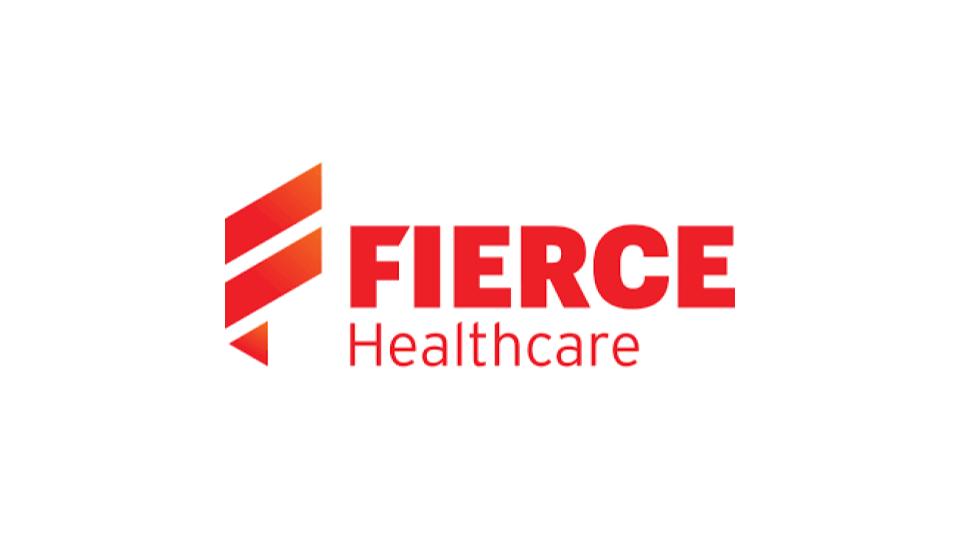While digital health for adults is a booming business, innovation in the pediatric market has lagged.
Children’s Hospital Los Angeles wants to change this.
The hospital is leading a digital health accelerator that will link more than 30 hospitals across the U.S., U.K. and Australia with technology companies focused on increasing digital innovations for pediatric patients.
Payers including Anthem, UnitedHealthcare and Blue Shield of California also are participating in the KidsX Accelerator program to work alongside hospitals and digital health companies to launch demonstration projects.
“Pediatrics has just as many needs and problems to be solved as their counterparts and colleagues at health systems focused on adults. The amount of digital health solutions catered to solving the needs of pediatric populations are much smaller. There just aren’t very many,” Omkar Kulkarni, chief innovation officer at Children’s Hospital Los Angeles and managing director of the KidsX Accelerator, told Fierce Healthcare.
“We thought the best way to spur innovation was to build a program that specifically focuses on pairing hospitals with promising technologies companies,” Kulkarni said.
The goal is to help digital health startups successfully pilot and deploy digital health solutions for pediatric patients and then grow and scale those products across pediatric healthcare, he said.
Pulling together a consortium of hospitals provides size and scale to launch demonstration projects and is a more appealing opportunity to a digital health startup, Kulkarni said.
“The startups aren’t just working with one hospital, but they will have the attention of multiple hospitals,” he said. “We felt there needed to be a platform that made it easier for those innovations to take place and to grow.”
The program will use a reverse pitch model, which allows the participating hospitals to pitch their problems or challenges to the startup community and then work with the companies that have tech solutions to meet their needs.
The participating hospitals developed a wish list of eight focus areas including improved remote monitoring, developing virtual rehab for kids using gamification, better pediatric mental wellness using mobile apps and creating predictive analytics for health outcomes.
During this 13-week program, entrepreneurs will work closely and collaboratively with digital health leaders at children’s hospitals to determine how their product best delivers value in the pediatric market. The program will begin in early 2021 and be completely virtual.
Applications for the program will be accepted through Oct. 7.
The companies selected for the program will be mentored by the hospitals on how to prepare for the pediatric market and will be given a place to test the innovation.
There are a few pediatric startups making inroads in the market. Hazel Health operates virtual care clinics inside the school nurse’s office to connect students to a physician via telehealth and recently landed a $33 million funding round. Sprout, a tech-enabled autism care and treatment program, launched in July on the back of $10 million in seed funding.
Emilio Health developed a technology-enabled behavioral health home for children and their families and raised $5 million in seed funding from Oak HC/FT in late 2019.
But pediatric care is a challenging space for digital health startups and investors as it has a smaller market size. Developers also have to design products and devices on the unique needs of pediatric patients and their families.
“In the pediatric market, the population is not uniform. You have newborns, neonatals, and young children, children, adolescents and young adults. Designing a digital solution for a 5-year is different than one for a 15-year-old. From a technology development perspective, it takes additional thought, research and consideration,” he said.
The surge in virtual care during the COVID-19 pandemic has boosted interest in digital health tools for children, especially using remote monitoring devices and virtual specialty care to help track children’s chronic conditions at home.
But historically, there hasn’t been a focus on children.
“There are not a lot of remote monitoring kits designed around the physiology of children. For example, kids have small wrists and you need various sizes. Remote monitoring tools work for a 45-year-old, but it is not plug-and-play into the world of a kid,” Kulkarni said.
Pediatric hospitals hope to capitalize on the growing interest in digital health to spark innovation for children’s healthcare.
“We’re starting to ask questions: How do we take care of families where they are at home using resources like artificial intelligence, algorithms, automation and digital assistant bots to make the experience convenient to families and efficient for health systems and pediatric providers?” Kulkarni said.
